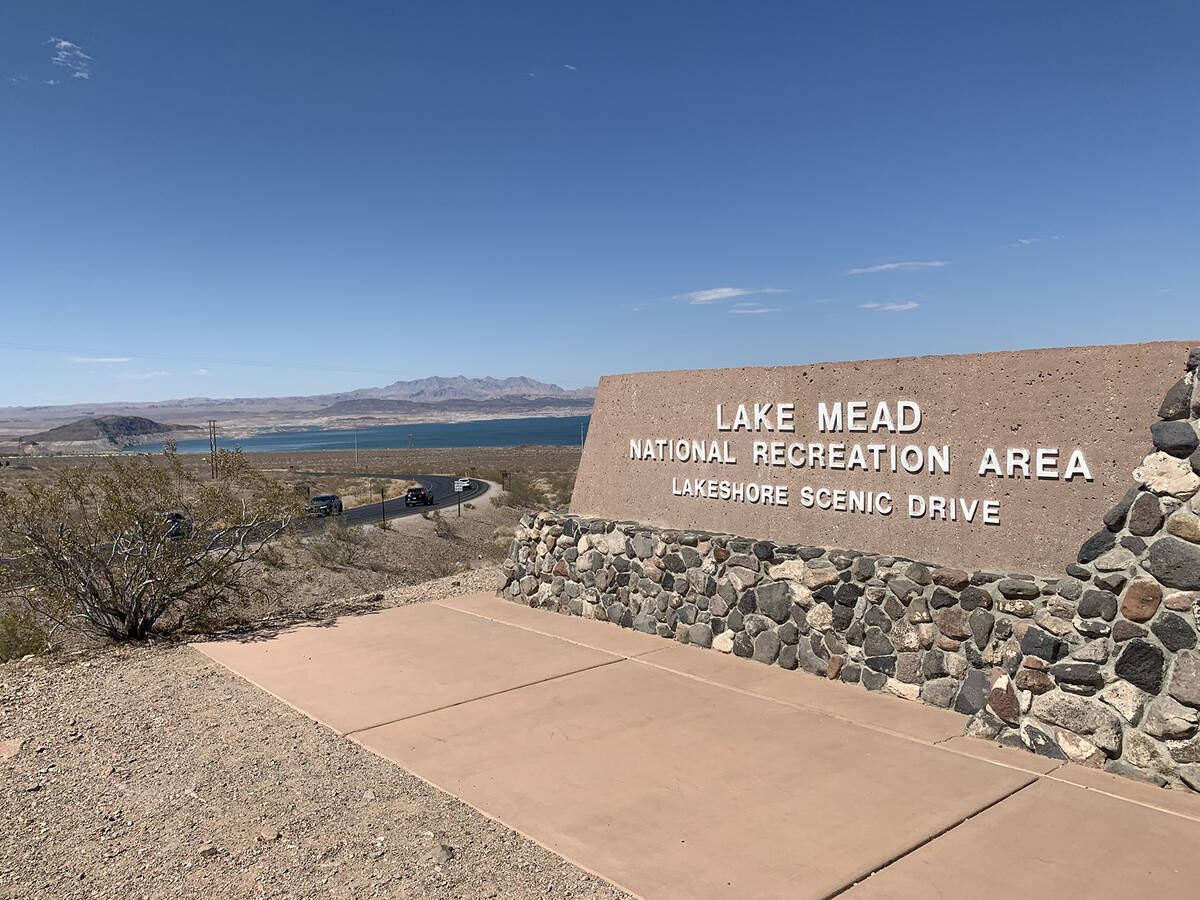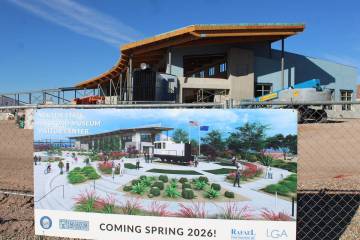Study: Low lake reveals prehistoric volcanic ash, potential risks
Boats and bodies aren’t the only things revealing secrets at Lake Mead.
Newly exposed rock at Lake Mead has revealed that the Las Vegas Valley could be impacted by volcanic ash from neighboring states.
A UNLV study published in the Geological Society of America found that the exposed rock, which hasn’t been visible since the 1930s, contains ash from volcanoes in Wyoming, California and Idaho from 12 million to 32,000 years ago.
While that may seem like a long time ago, researchers says there is still a possibility that volcanic activity may one day impact the surrounding area.
Eugene Smith, a UNLV emeritus professor of geology, said volcanic ash that reaches the valley in the future could cause safety issues like fallen power lines, blocked roadways and health problems.
“(Ash) is easily remobilized by wind and water,” Smith said in a news release. “When inhaled, the incredibly tiny but sharp glass grains in the ash can cause significant, chronic lung conditions such as silicosis.”
The study narrowed down four possible sources of the ash from surrounding states, including Yellowstone National Park and the Ancestral Cascades that reach from Northern California into British Columbia, Canada. Areas close to the Las Vegas Valley like the southwestern Nevada volcanic field and volcanoes of Walker Lane in Southern California were also suspected.
Southern Nevada geologist Rachael Johnsen said studying the past impacts of nearby volcanic activity on Las Vegas can help experts plan for the future.
“The ash layers we study come from volcanoes long extinct,” Johnsen said in a news release. “However, studying them has helped us determine just how often the Las Vegas area was inundated with ash over time and may help us prepare for future events from active volcanoes far from us.”
















